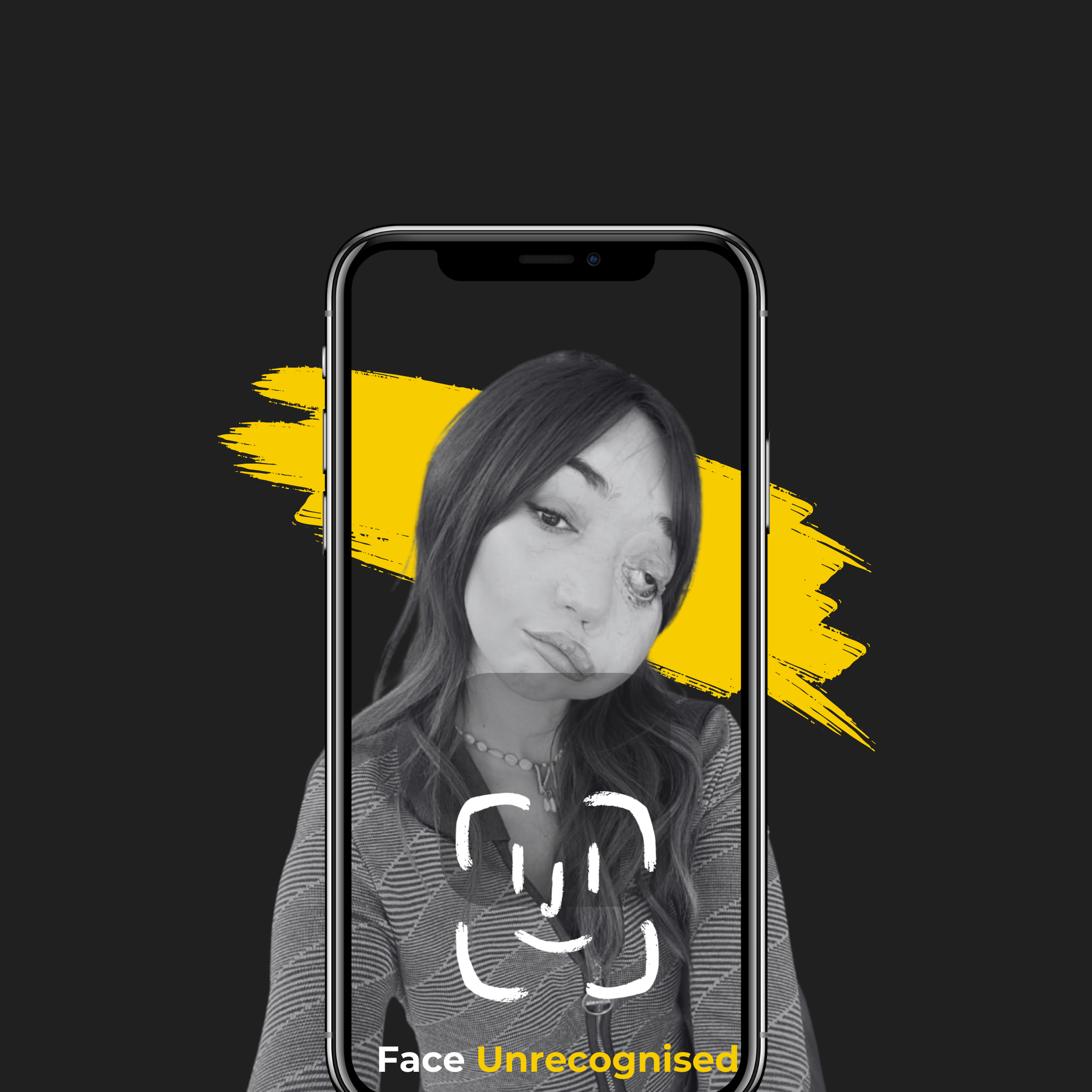Sophie Arkette
An act of prolonged staring, followed by intrusive questions, insult and abuse, often sustained, might seem insignificant when compared to violent acts that result in physical harm. But these acts are harmful and when taken as a course of conduct meet the threshold of hate crime.
There’s a lot of talk about disability hate crime and its impact upon the person at the receiving end. What sort of remedy should be made available? What is his or her mental state? Was he or she emotionally harmed? Less attention is given to the motive and mental state of the perpetrator. What is it that someone perceives when confronting an individual with a visible disfigurement?
It may be that speaking with any degree of assurance as to the intent held by the perpetrator, or indeed by any group, is difficult. There is some confusion between the language used around disability and vulnerability, and often through sheer laziness one is substituted for the other. The law covering disability hate, in s. 146 of the Criminal Justice Act, does not help. As construed within statutory definition, disability is any physical or mental impairment. Whilst remaining sufficiently broad to include any condition and injury impeding bodily function, it is unnecessarily limiting. Whether or not an impairment underpins the concept of disability is not at issue, rather it is more a dispute about the need for an up-to-date definition of disability independent of the narrowly crafted medical one. To pluck a phrase from the UN Convention on the Rights of People with Disabilities, ‘disability is an evolving concept’.
There is, however, some flexibility within the current framework as the perception of disability is included within the remit of hate crime. When a discriminator makes assumptions about another based on his or her perception of a disability. It is my view that the ‘regarded as’ clause works well for disfigurement, for it is not a functional impairment, as is also implied in the language of the Equality Act 2010. Why else would the legislators single out a permanent disfigurement for automatic protection?
I believe perceived disability could offer a more accurate portrayal of disfigurement than any given so far. Much behaviour observed and reported, even in its mildest form, often trades on the ambiguity between disfigurement, illness and disease. Whatever is to be said about disability, in the eye of the perpetrator it is an undesirable and defective trait. Making someone out to have a set of conditions further to the one associated with any disfigurement is an inveterate aspect of hate offences. It is one weapon in a perpetrator’s cache.



